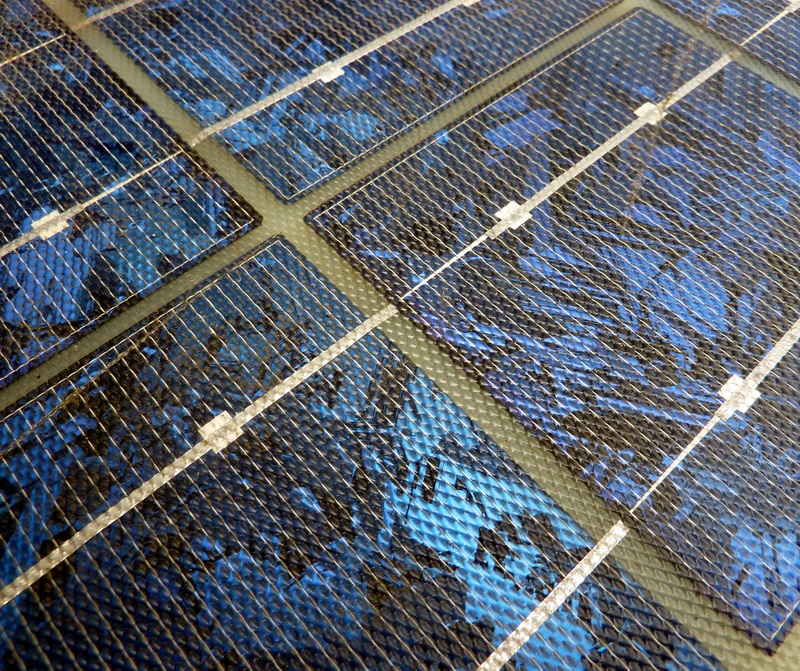From pv magazine International
An international research team coordinated by the American Institute of Physics claims to have successfully applied the clear-sky methodology developed by the U.S. Department of Energy’s National Renewable Energy Laboratory (NREL), to obtain a more accurate assessment of solar module performance.
According to findings presented in the paper Reliable long-term performance assessment of commercial photovoltaic modules tested under field conditions over 5 years, published in the Journal of Renewable and Sustainable Energy, the open-source, clear-sky methodology – which helps determine solar irradiance at a location in ideal, clear-sky conditions – is a very efficient tool to evaluate the aging of PV technology under field conditions when combined with real-world data. Such extra information is commonly provided by pyranometers, a type of actinometer used for measuring solar irradiance on a planar surface. Pyranometers, said the Institute of Physics team, are often a source of errors and malfunctions but integration with the clear-sky methodology could help reduce inaccuracy.
For the full story, please visit our pv magazine site.
This content is protected by copyright and may not be reused. If you want to cooperate with us and would like to reuse some of our content, please contact: editors@pv-magazine.com.









By submitting this form you agree to pv magazine using your data for the purposes of publishing your comment.
Your personal data will only be disclosed or otherwise transmitted to third parties for the purposes of spam filtering or if this is necessary for technical maintenance of the website. Any other transfer to third parties will not take place unless this is justified on the basis of applicable data protection regulations or if pv magazine is legally obliged to do so.
You may revoke this consent at any time with effect for the future, in which case your personal data will be deleted immediately. Otherwise, your data will be deleted if pv magazine has processed your request or the purpose of data storage is fulfilled.
Further information on data privacy can be found in our Data Protection Policy.